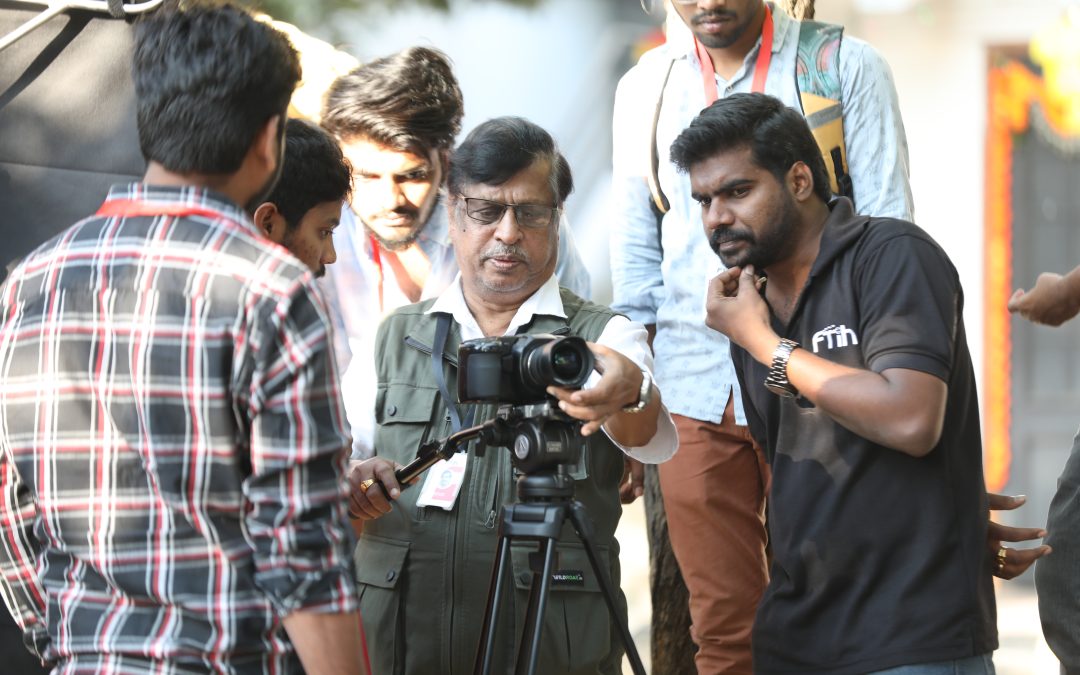Beyond the Studio: The Cinematographer’s Guide to Shooting in Harsh Environments
The world of cinematography is an art that often pushes boundaries to capture breathtaking visuals and tell compelling stories. However, filmmakers are not always granted the luxury of shooting in controlled and ideal conditions. Cinematographers often find themselves facing the daunting task of filming in challenging environments or extreme conditions. From scorching deserts to freezing polar regions, these dedicated artists employ a range of techniques and strategies to ensure their vision is brought to life on the big screen. In this blog, we will delve into the world of cinematography and explore how professionals approach filming in the harshest of conditions.
Extensive Planning and Research
Before venturing into a challenging environment, cinematographers must conduct thorough research. This includes studying the location, climate, and potential challenges that may arise during filming. Research allows filmmakers to anticipate and prepare for what they might face, enabling them to make informed decisions about equipment, crew, and shooting schedules.
Adaptability is Key
Cinematographers understand that Mother Nature doesn’t always adhere to the script. The ability to adapt on the spot is crucial. Weather conditions can change rapidly, and locations may present unforeseen obstacles. Cinematographers and their teams must be flexible and ready to adjust their plans to capture the best shots despite these challenges.
Specialized Equipment
Cinematographers often rely on specialized equipment designed to withstand extreme conditions. For example, cameras and lenses that are weather-sealed can be used in wet or dusty environments, while stabilizers and tripods adapted for rugged terrain can ensure steady shots. Moreover, underwater housings and drone technology enable filmmakers to capture scenes in underwater environments and aerial views, respectively.
Light Management
Challenging environments and extreme conditions can present unique lighting challenges. Cinematographers need to be skilled in managing natural light, as well as using artificial lighting effectively. This can involve using diffusers to soften harsh sunlight, reflectors to bounce light onto subjects, and LED lights to illuminate scenes in low-light situations.
Safety First
Filming in challenging environments can pose risks to both the crew and equipment. Cinematographers prioritize safety above all else. They take precautions, such as using safety harnesses in precarious locations, carrying emergency supplies, and training the crew for specific conditions. Ensuring the well-being of the team is paramount.
Conclusion
The art of cinematography and the dedication of those who brave challenging environments to bring stories to life on the screen, we’d like to highlight an exciting opportunity for aspiring filmmakers and storytellers. FTIH Film School is offering a remarkable 50% discount on all their professional courses, including Acting, Direction, Cinematography, Photography, Video Editing, Visual Effects, and Sound Engineering.
To take advantage of this incredible offer and embark on your journey in the world of filmmaking, simply use the promo code “BLOG50” when enrolling in any of these courses at FTIH Film School. Whether you’re a budding actor, director, cinematographer, or an enthusiast in the realm of visual arts and storytelling, this discount opens doors to professional education and hands-on training, helping you realize your dreams in the film industry.
So, seize this opportunity, join the ranks of passionate storytellers, and make your mark in the world of cinema. FTIH Film School is here to support your aspirations, making your cinematic dreams more accessible than ever before. Don’t miss out on this extraordinary offer to launch your cinematic journey with the best in the industry.



